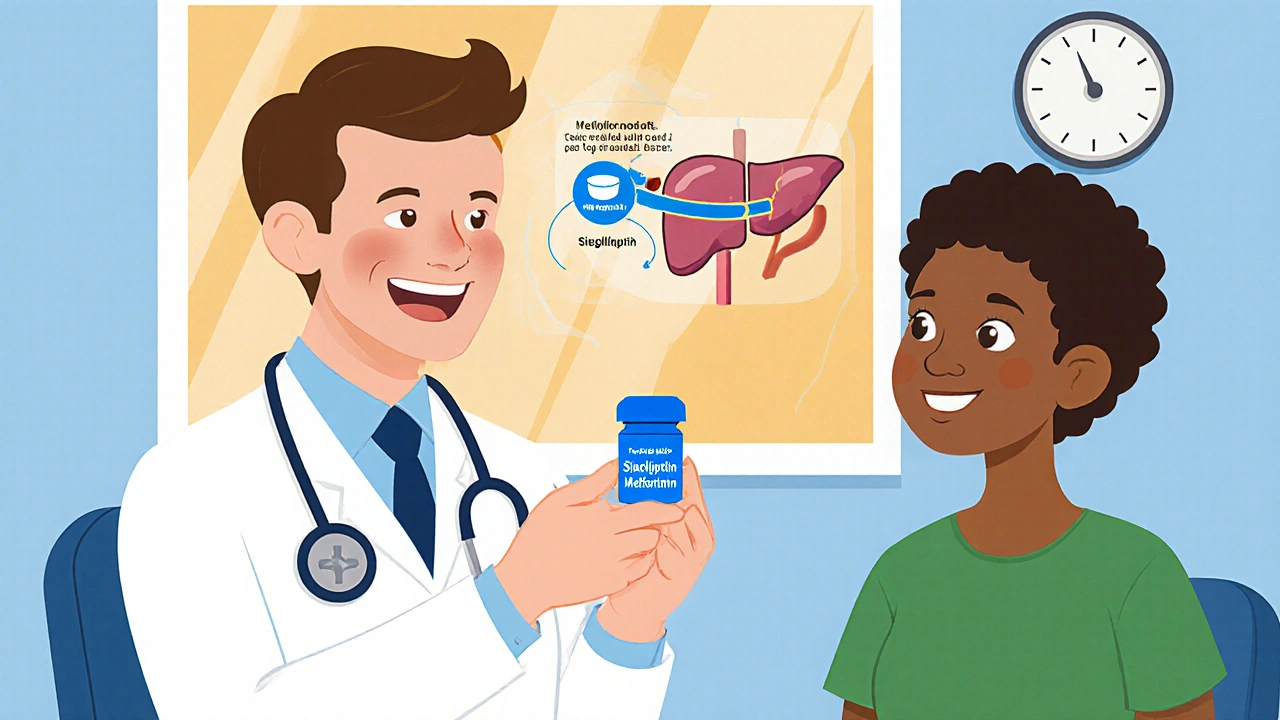Diabetes Treatment: Medications, Monitoring, and Lifestyle Tips
When working with Diabetes Treatment, the process of controlling blood glucose levels through drugs, diet, exercise, and monitoring. Also known as diabetes management, it aims to prevent complications and keep daily life normal. A solid diabetes treatment plan starts with the right medication, which often means Metformin, a first‑line oral agent that lowers liver glucose production and improves insulin sensitivity. Some patients need Insulin, the hormone that directly replaces what the body can’t produce or use effectively. Regardless of the drug choice, Blood Sugar Monitoring is the feedback loop that tells you whether the treatment is working, letting you adjust doses or lifestyle habits in real time. Together, these three pillars—medication, insulin when required, and regular glucose checks—form the backbone of effective diabetes care. But there’s more to the story. Lifestyle changes like a balanced diet rich in fiber, consistent physical activity, and stress management influence how well meds perform and can even reduce the need for higher drug doses. For example, swapping refined carbs for whole grains can blunt post‑meal spikes, while a 30‑minute walk after dinner improves insulin sensitivity. Staying hydrated, getting enough sleep, and quitting smoking further support the body’s ability to regulate sugar. In practice, a patient might begin with metformin, learn to interpret readings from a continuous glucose monitor, and then layer in a structured exercise routine. If glucose targets remain elusive, a healthcare provider may add a second oral agent or transition to basal‑bolus insulin. The key is that each component talks to the others: meds lower baseline levels, monitoring shows trends, and lifestyle tweaks fine‑tune the results. This integrated approach reduces the risk of long‑term complications such as neuropathy, retinopathy, and heart disease, which are major concerns for anyone living with diabetes.
Key Approaches to Managing Diabetes Effectively
Understanding how these elements interact helps you build a personalized plan. First, choose the medication that matches your type of diabetes and any other health issues—you might hear about newer classes like GLP‑1 agonists or SGLT2 inhibitors, which have added heart‑protective benefits. Second, set up a reliable monitoring method; whether it’s a finger‑stick meter or a continuous glucose monitor, the goal is to catch patterns early and avoid dangerous highs or lows. Third, treat food as medicine: count carbs, prioritize low‑glycemic options, and consider timing meals around activity to smooth out glucose swings. Fourth, move daily—resistance training builds muscle that burns sugar, and cardio improves overall cardiovascular health. Finally, keep regular check‑ups with your doctor to adjust the plan as needed and screen for complications. By weaving medication, monitoring, and lifestyle into a cohesive routine, you give yourself the best shot at staying in control.
Below you’ll find a curated list of articles that dig deeper into each of these topics—from how to buy cheap generic metformin online safely, to tips for using insulin pumps, to practical diet guides for keeping blood sugar steady. Dive in and pick the pieces that match your current needs, whether you’re just starting out or looking to fine‑tune an established regimen.

Sitagliptin‑Metformin Combination: Benefits, Risks & What to Expect
Explore the advantages, risks, and practical tips for using sitagliptin‑metformin therapy in type 2 diabetes, with evidence, patient selection, and FAQs.
Categories
- Health and Medicine (40)
- Medications (40)
- Health and Wellness (34)
- Online Pharmacy Guides (15)
- Nutrition and Supplements (7)
- Parenting and Family (3)
- Environment and Conservation (2)
- healthcare (1)
- prescription savings (1)



